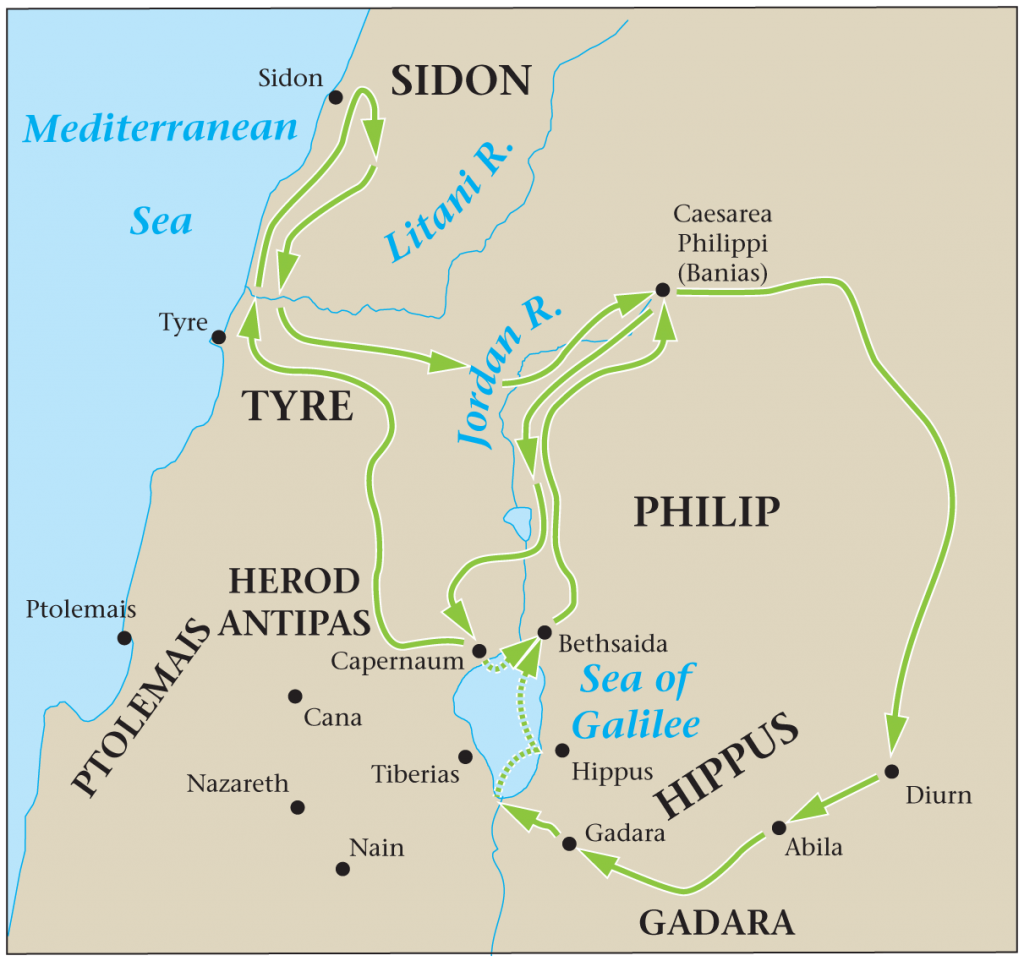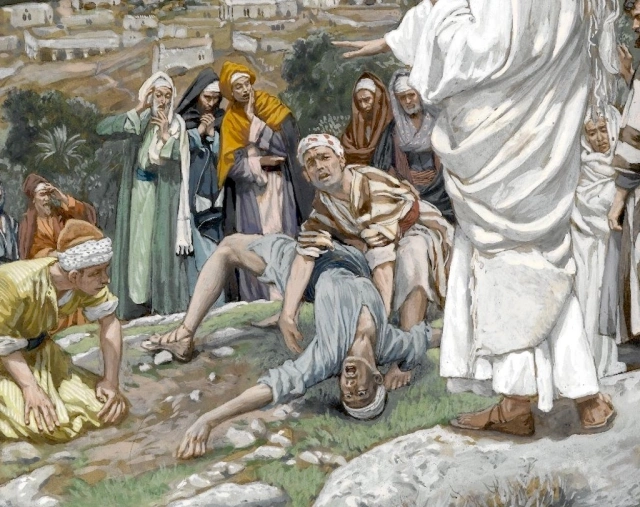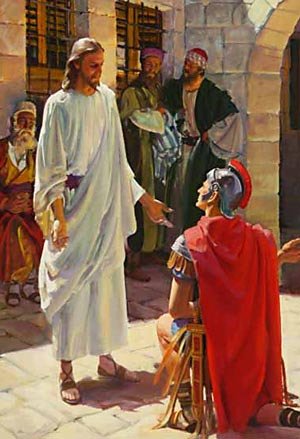One can read this miracle in Mark 7:31-37 which is only recorded in the gospel of Mark. This story begins by describing what is on the face of it an amazing journey. Jesus was going from Tyre to the territory around the Sea of Galilee. He was going from Tyre in the north to Galilee in the south; and he started by going to Sidon. That is to say, he started going due south by going due north!
A glance at the map will make things clearer

There is one thought among scholars that the text is wrong and that Sidon should not enter into the text at all. But it most certainly looks like the text is correct as it stands. Another line of thinking is that this journey took place how it is mentioned and it took no less than eight months to complete, and that, indeed, is far more likely. Why eight months because there was no modern mode of transport during Jesus’s time and the journey was on foot as so often we read.
Some biblical scholars believe that this long journey is the peace before the storm. It was also a long time of communion the Lord had with his disciples. In the very next chapter Peter makes the great discovery that Jesus is the Christ (Mk.8:27-29). It could be that this long, lonely time together was a necessity for that impression to became a certainty in Peter’s heart. Jesus needed this long time with his men before the strain and tension of the approaching end.
Upon Jesus’s arrival in the regions of Galilee, he came into the district of the Decapolis. There they brought to him a man who was deaf and who had an impediment in his speech. Both these impediments went together; because of the man’s inability to hear made his speech so imperfect. One of the reasons I appreciate this miracle is it so beautifully shows Jesus’ way of treating people, his compassion, his love, his empathy and understanding of people.
- What’s sets me thinking is why did Jesus take this long journey to heal this man. Was Jesus’s concern for this man’s illness that brought him here in the first place? Was this the first miracle after entering Decapolis which shows Jesus’s love for the imperfection in people?
- Coming to this miracle firstly, Jesus took the man aside from the crowd, all by himself. This shows me the tender consideration of our Lord. Have you met a person who is deaf, the person usually does not acknowledge they are deaf and the only reason for non-acknowledgement is because they are always a little embarrassed about this handicap. In some cases, it is more embarrassing to be deaf than it is to be blind. A deaf person knows he cannot hear; and when someone calls out at that person him and tries to make him hear, in his excitement he becomes all the more helpless. Jesus showed the most tender consideration for the feelings of a man for whom life was already very difficult.
- Jesus took him aside privately in order to communicate one-to-one with him apart from the crowd. Throughout the whole miracle Jesus acted what he was going to do in dumb-show. He put his hands in the man’s ears and touched his tongue with spittle. (In those days people believed that spittle had a curative quality). In healing this man, Jesus used sign language and symbolic acts (which Mark did not explain) that uniquely suited the man’s needs and caused him to exercise faith. Jesus looked up to heaven to show that it was from God that help was to come. Then he spoke the word and the man was healed. The whole story shows us most vividly that Jesus did not consider the man merely a case; he considered him as an individual the man had a special need and a special problem, and with the most tender concern and care Jesus dealt with him in a way that spared his feelings and in a way that he could understand.
- The “sigh” (verse 34 groaned, sighed) was an inward groan, our Lord’s compassionate response to the pain and sorrow sin has brought into the world. It was also a prayer to the Father on behalf of the handicapped man. (The same word is used in connection with prayer in Rom. 8:23, and the noun in Rom. 8:26.)
- Ephphatha is an Aramaic word that means “be opened, be released.” The man did not hear Jesus speak, but the creation heard the command of the Creator, and the man was healed. Both his faculties the tongue and the ears began functioning normally again. The Lord’s strict command for the people was to be keep quiet about the miracles, but they told the news everywhere (see Mark 1:34, 44; 3:12; 5:43); and this resulted in a large crowd gathering and bringing people who were ill or handicapped. Even though Jesus was trying to enjoy some rest, He took time to heal them all. The result? These Gentiles “glorified the God of Israel” (Matt. 15:31).
- When it was completed, the people declared that he had done all things well. When Jesus came, bringing healing to men’s bodies and salvation to their souls, he had begun the work of creation all over again. In the beginning everything had been good; man’s sin had spoiled it all; and now Jesus was bringing back the beauty of God to the world which man’s sin had rendered ugly.
- Now putting myself as a recipient of the miracle, what is the greatest miracle I received. God came from Heaven to die on the cross for myself, He took my sins on himself, so that I could be reconciled to God.
- Like the blind and deaf man, I too need healing. Healing from my sins of omission and commission, my prejudices, my judgmental character, the lure of evil, the lust for things of the world and desires of the flesh. How do I get healed. Jesus is calling me to a quiet place all by himself so that like the blind and deaf man I too will be healed.



